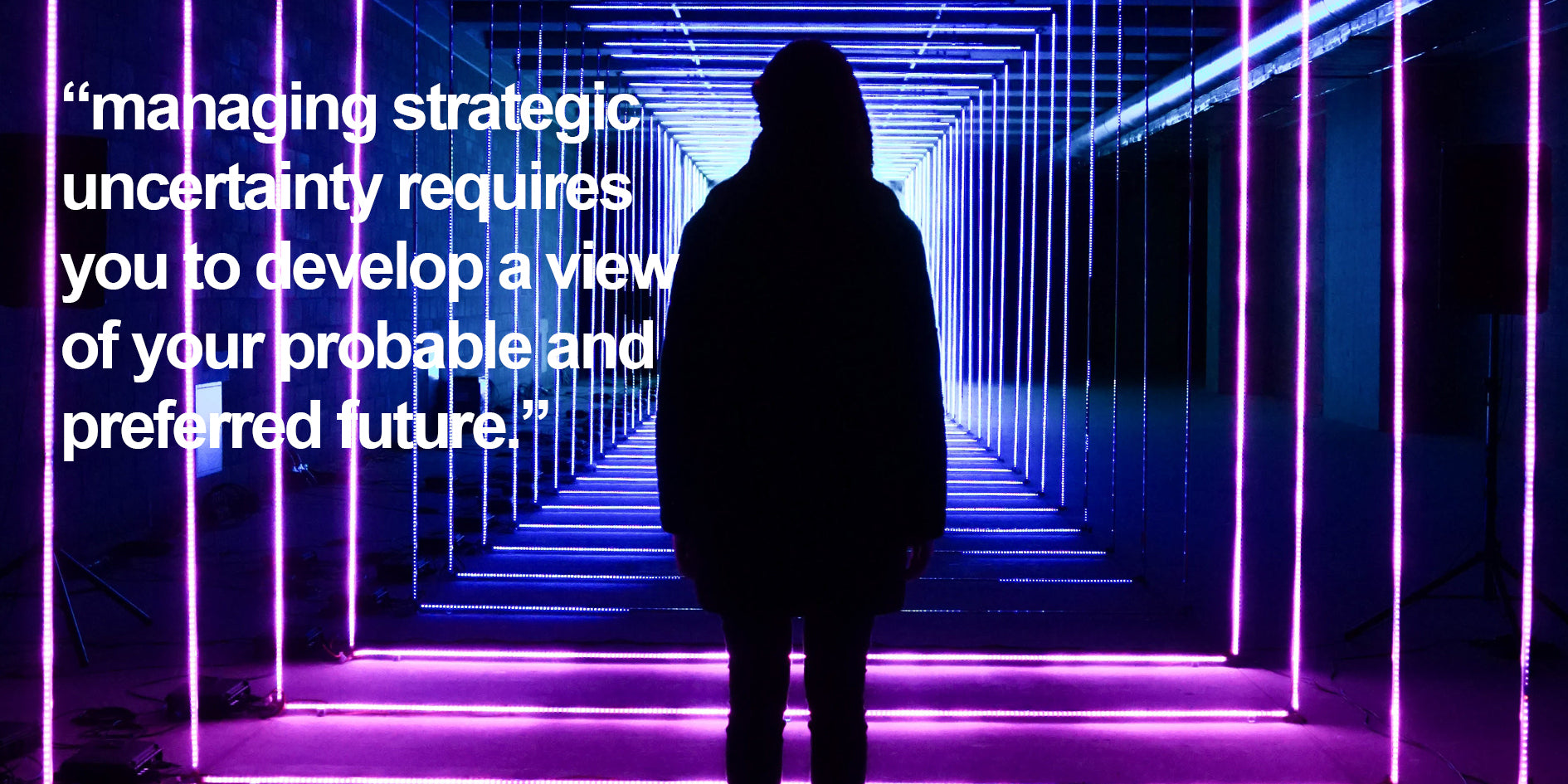It's approaching that time of year when experts in every field feel compelled to share their predictions for the coming year. Inboxes and news-feeds swell with not only best wishes but articles on 'top ten trends' for 2017.
Yet 2016 has been notable for the rise in the distrust of the' expert' view.
The worldview that ' there are no experts', which played out in well documented political events from Brexit to the recent US Presidential Election was, at least to some extent, fuelled by media focus on results gleaned from the ongoing 'Good Judgement Project', published in the 2015 bestseller 'Superforecasting - The Art and Science of Prediction' by behavioural scientists Phillip Tetlock & Dan Gardner.
Hundreds of experts and 'ordinary', albeit extremely well-read, people were asked to predict the outcomes to questions of global significance. And the experiment concluded that ordinary people who read the news and really think about current financial and geo-political affairs are at least as good as self-proclaimed and well-known experts.
What received less focus was that there are a handful of people whose predictions were consistently more accurate than the experts, albeit by modest amounts. And these people he termed 'superforecasters'.
Their research identified some of the key traits of these 'superforecasters':
- They are highly analytical, adept at data driven, quantitative thinking and have a solid understanding of probability.
- They strike a balance between under and over confidence and between under and overreacting to new evidence.
- They have a willingness to update their prior knowledge in the face of contrary opinions and new evidence.
- They actively seek out contradictory evidence and causal factors, and aim to separate those elements which are certain from those that aren't.
- They exhibit open mindedness and have an ability to move quickly between different viewpoints.

